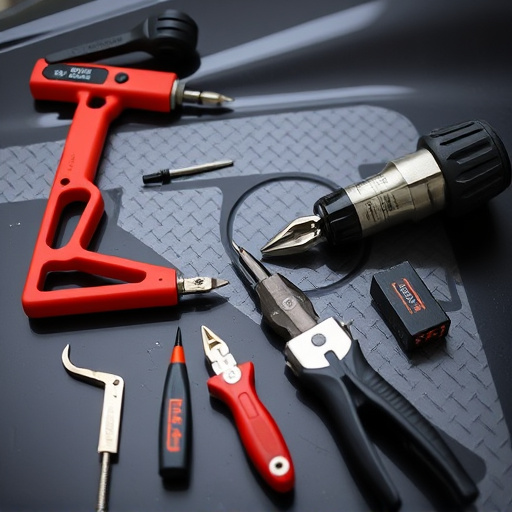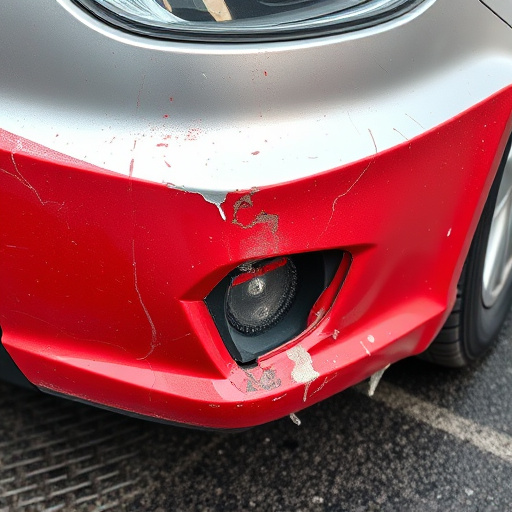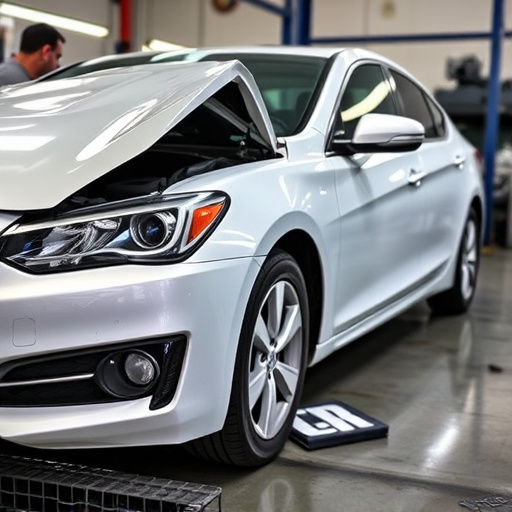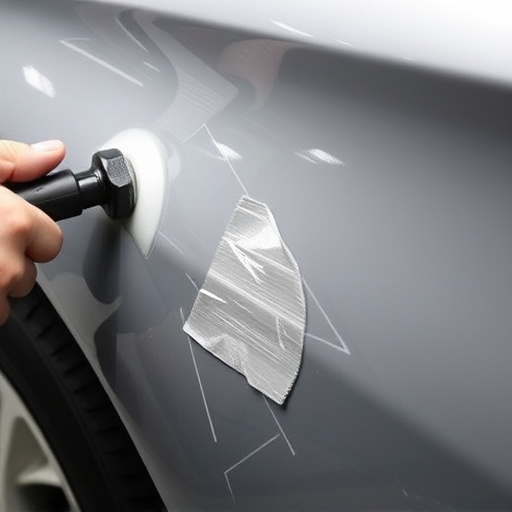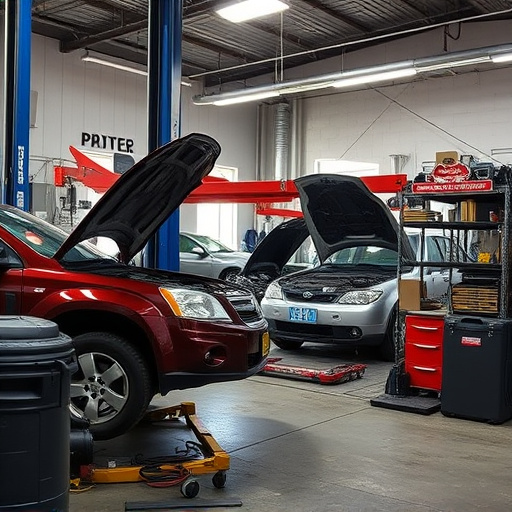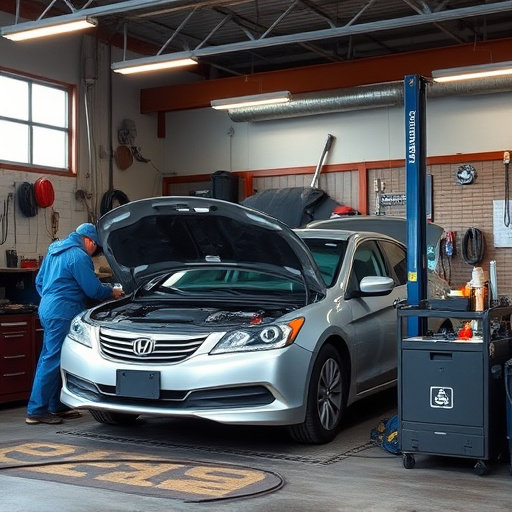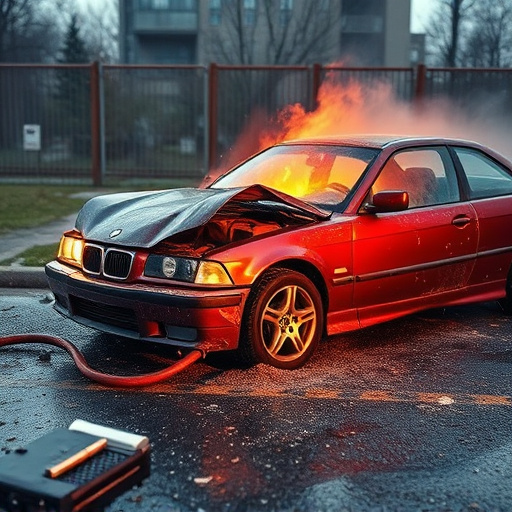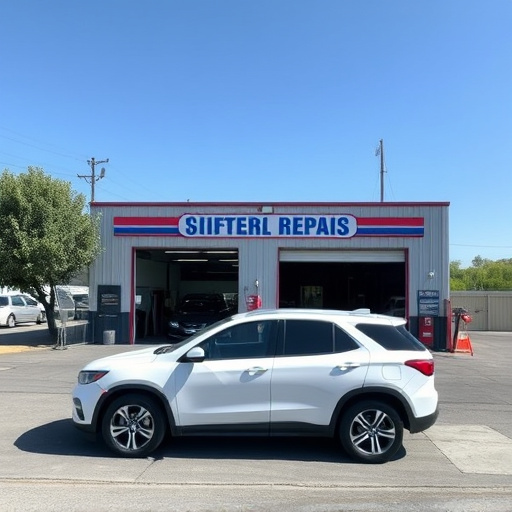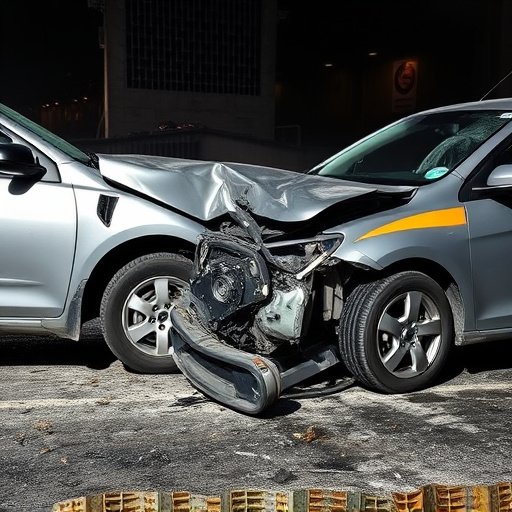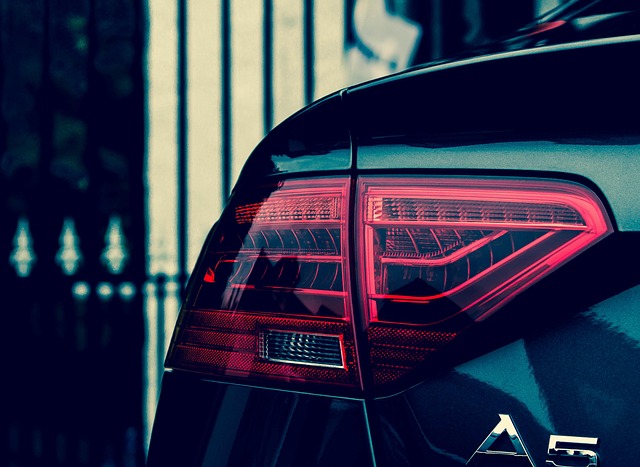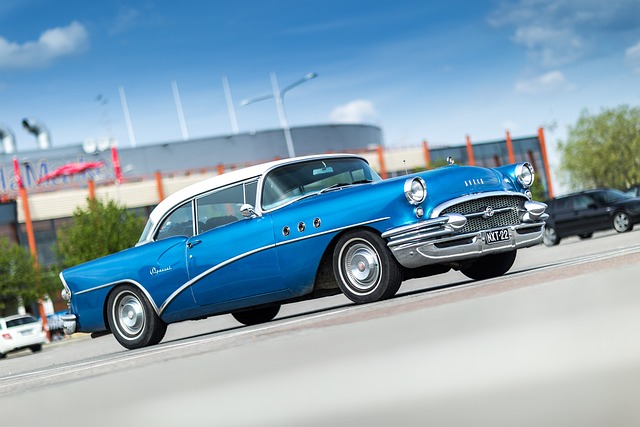Collision repair audits ensure body shops meet industry standards by scrutinizing every repair step to identify issues like misaligned panels or improper paint jobs. These audits aim to maintain high quality, enhance customer satisfaction, and promote safety through proactive problem correction. Regular audits reveal recurring issues in luxury vehicle body work, diagnostics, and inspections, emphasizing the need for rigorous protocols and trained technicians to ensure accurate, consistent repairs adhering to industry best practices.
Collision repair audits are crucial for ensuring quality and accuracy in auto body shops. These thorough evaluations identify deviations from industry standards, ultimately affecting customer satisfaction and vehicle safety. This article delves into the common issues uncovered during such audits, highlights prevalent mistakes like inconsistent panel gaps and incorrect paint matching, and offers best practices to streamline repairs, fostering a culture of excellence in collision repair services.
- Understanding the Purpose of Collision Repair Audits
- Common Mistakes and Inconsistencies Identified
- Best Practices for Accurate and Efficient Repairs
Understanding the Purpose of Collision Repair Audits
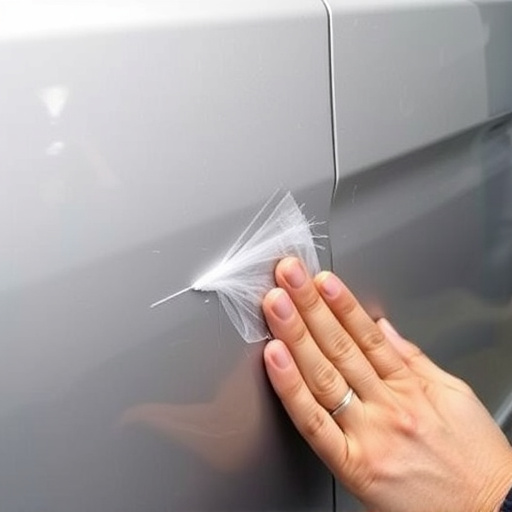
Collision repair audits are essential quality control measures conducted to ensure that car body shops and vehicle collision repair facilities adhere to industry standards and best practices. These audits serve as a comprehensive evaluation process, allowing for a deep understanding of the repairs carried out on damaged vehicles. By meticulously examining every aspect, from initial assessment to final restoration, auditors can identify common issues and inconsistencies that may go unnoticed by regular personnel.
The primary goal is to maintain the highest standards in car body repair, ensuring customer satisfaction and safety. Through rigorous audits, potential problems like misaligned panels, improper paint jobs, or subpar structural repairs can be highlighted. This proactive approach enables managers and owners to take corrective actions, enhance training programs, and ultimately improve overall service quality within their facilities, fostering a culture of excellence in vehicle collision repair.
Common Mistakes and Inconsistencies Identified
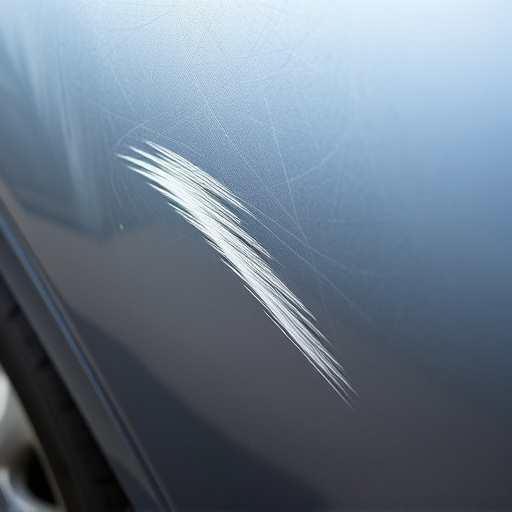
During collision repair audits, several common mistakes and inconsistencies are frequently identified across various workshops. One of the most notable issues is the inconsistency in the quality of automotive body work, particularly when it comes to luxury vehicle repairs. This can range from imprecise panel fitting to inadequate alignment, resulting in a subpar finish that compromises the vehicle’s aesthetics and structural integrity.
Another recurring problem is the misuse or misinterpretation of repair procedures, leading to incorrect parts selection for car repair services. Inaccurate diagnostics and a lack of thorough inspection are also prevalent, causing unnecessary repairs or the omission of critical steps. These mistakes can be attributed to a variety of factors, including inadequate training, rushed work, or a lack of standardized protocols within the workshop, underscoring the importance of rigorous collision repair audit processes to ensure high-quality automotive body work and reliable car repair services.
Best Practices for Accurate and Efficient Repairs

Maintaining high standards in collision repair is essential for ensuring customer satisfaction and safety on the road. Best practices for accurate and efficient repairs begin with detailed and thorough collision repair audits. During these audits, auto body shops and auto collision centers should meticulously assess every aspect of the vehicle, from frame alignment to paint consistency and quality. This includes checking for hidden damage, such as internal panel deformations or rust, which can be revealed through advanced diagnostic tools and visual inspections.
By implementing rigorous audit protocols, auto collision centers can guarantee that repairs are carried out correctly and consistently. This involves adhering to industry standards, using high-quality materials, and employing trained technicians who stay updated with the latest techniques in dent repair and other specialized services. Regular training sessions and continuing education help maintain a skilled workforce capable of handling complex repairs efficiently without compromising on accuracy.
Collision repair audits are essential tools for ensuring quality and consistency in automotive body shop repairs. By identifying common issues like incorrect part replacements, uneven paint jobs, and procedural oversights, these audits promote best practices that lead to superior customer satisfaction and vehicle aesthetics. Understanding the purpose and implementing effective strategies can significantly enhance a shop’s reputation and operational efficiency, making collision repair audit processes a game-changer in the industry.
